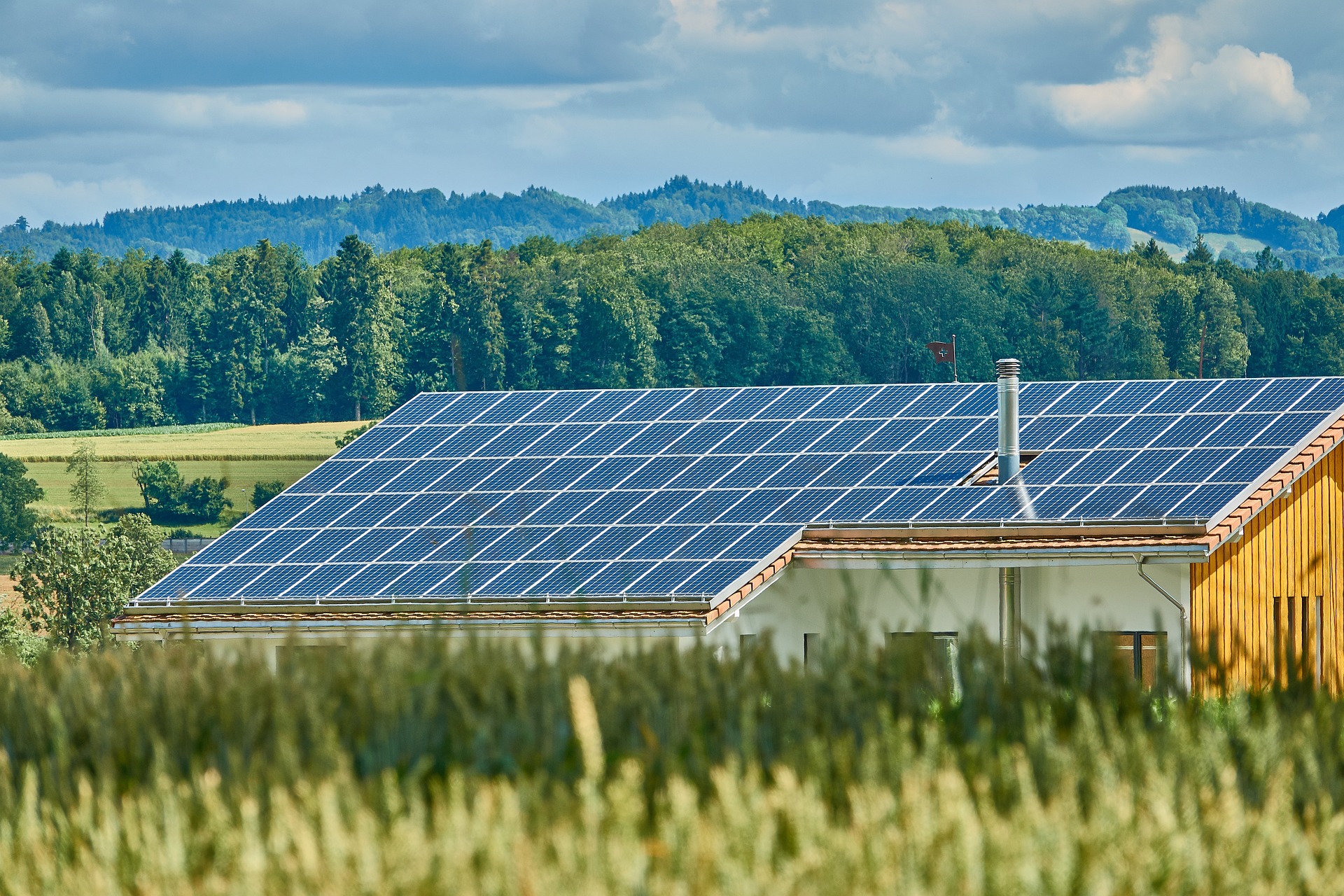"Korean Solar's U.S. Opportunity Amidst Domestic Decline"

An In-depth Analysis by The Peter Club Research Team
Dear Valued Reader,
It’s with great interest that we delve into the shifting dynamics of the solar industry, notably as it pertains to South Korea’s Hanwha Solutions and its Q CELLS division, and the opportunities that the U.S. market may present. Our commitment is to shed light on the evident challenges and to also pinpoint areas of potential growth.
Current State of the Solar Industry in Korea
Factory Utilization: The Q CELLS division of Hanwha Solutions had a factory utilization rate of 88% as of June this year, a significant drop from the 94.7% at the end of the previous year. A clear indication of declining momentum.
Solar Power Growth: Over the past five years, solar power capacity in Korea surged by a staggering 241%. However, this growth seems to be slowing, with the year-on-year power generation growth rate on a downward trend.
Rising Costs: Alarmingly, the cost of constructing solar power plants is witnessing a sharp uptick. This has been driven largely by escalating material and labor costs. Experts point towards increased prices of components from China, a dominant player in the solar ecosystem, as a key reason.
Trade Deficit with China: As China’s solar industry expands, largely fueled by government subsidies, South Korea’s trade deficit with China concerning solar components has grown significantly.
However, the real conundrum lies in the broader shift away from the domestic solar industry in Korea. Once promising players like LG Electronics and Woongjin Energy have exited the arena, leaving Hanwha Solution as the remaining major entity.
A Glimpse of Hope from the West
Amid the domestic challenges, there’s a silver lining. The U.S. market offers a ray of hope, and here’s why:
U.S. Inflation Reduction Act (IRA): The recently enacted IRA, an amendment to President Biden’s “Build Back Better” bill, aims to stabilize the American standard of living amidst rising global inflation. One of its core components is to promote the development of the clean energy sector, which could be a boon for foreign solar companies.
Reorganizing Domestic Supply Chains: The IRA seeks to address potential supply shortages and price spikes due to lack of domestic capacity. This could potentially open doors for international players, like Hanwha Solutions, to fill the gaps.
Focus on Niche Markets: Companies like Hanwha Solutions are strategically positioning themselves in niche areas such as farming and offshore solar solutions. Moreover, they are leveraging advantages of the IRA in the U.S., presenting a unique opportunity for growth.
What Lies Ahead
It’s evident that while South Korea’s solar industry faces mounting challenges domestically, the U.S. market presents potential avenues of growth, thanks to recent legislative changes.
Korean solar companies, like Hanwha Solutions, that are expanding their horizons beyond domestic shores, particularly to the U.S., seem undervalued at present. The challenges are undeniable, but with adversity comes opportunity. We believe it’s time for investors to cast a keen eye on such entities that are gearing up to tap into the vast potential the U.S. offers.
In conclusion, while the immediate landscape may seem bleak for South Korea’s solar industry, the winds of change from the West bring with them seeds of growth and prosperity. Harnessing these opportunities could very well be the beacon of light the industry needs.
Warm Regards,
The Peter Club Research Team

